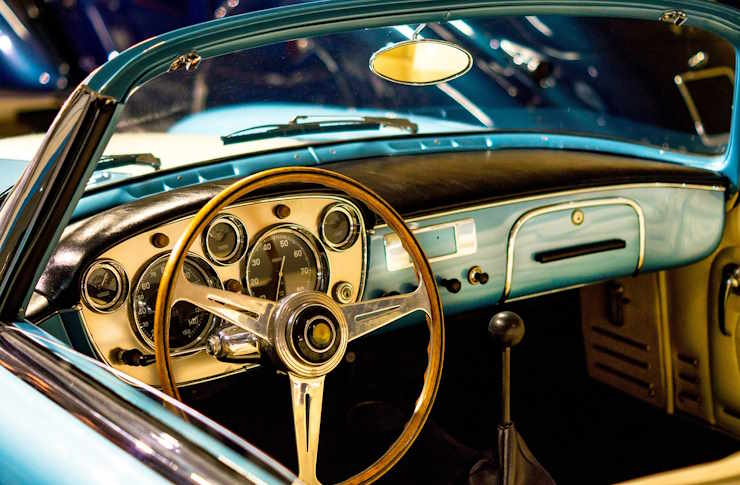Engineering Innovation: The Advent and Evolution of Continuously Variable Transmissions (CVTs)
From the early days of the automobile, the transmission has undergone numerous transformations, each iteration designed to enhance performance, efficiency, and the driving experience. Among these evolutionary steps, the introduction of the Continuously Variable Transmission (CVT) has been one of the most significant.

The Genesis of CVTs
The concept of CVTs isn’t a new one. As early as the 15th century, Leonardo da Vinci sketched a stepless continuously variable transmission. However, it wasn’t until the late 20th century that CVTs became a viable option for mass-produced automobiles. The advent of CVTs was driven by a desire for increased fuel efficiency and smoother driving experience, two areas where traditional transmissions sometimes faltered.
The Mechanics of CVTs
Unlike traditional automatic or manual transmissions, which have a defined number of gear ratios (e.g., 6-speed, 8-speed), CVTs can smoothly transition through a continuous range of effective gear ratios. This unique trait allows the engine to operate at its most efficient RPM for a range of vehicle speeds, improving fuel efficiency and delivering a smoother driving experience.
The Modern CVT Landscape
Today, many manufacturers are adopting CVTs in their vehicles, recognizing the benefits of this technology. The adoption of CVTs has been bolstered by advancements in material sciences and manufacturing processes, which have made these transmissions more durable and capable of handling higher torque loads.
The CVT Experience: Pros and Cons
The primary advantage of CVTs is their ability to provide a smoother, more seamless driving experience. Because they can continuously adjust to the optimal gear ratio, they eliminate the “gear hunting” experienced with traditional transmissions. However, they do have their drawbacks. Many drivers find the driving experience with CVTs to be different due to the lack of distinct gear shifts. Additionally, although modern CVTs have improved, durability concerns remain compared to more traditional transmission designs.
Future of CVTs
As automotive technology continues to evolve, the role of CVTs is likely to continue growing. Manufacturers are continually innovating to address the challenges associated with CVTs and enhance their benefits. As we move forward, it’s not unreasonable to expect that CVTs, with their inherent efficiency and smooth operation, will become even more commonplace in the vehicles of tomorrow.
In conclusion, the advent and evolution of CVTs offer an interesting study of how mechanical engineering and innovation can drive substantial improvements in vehicle performance and efficiency. Despite some challenges, CVTs represent a significant step forward in transmission technology, and their continued evolution will undoubtedly shape the future of the automotive industry.




